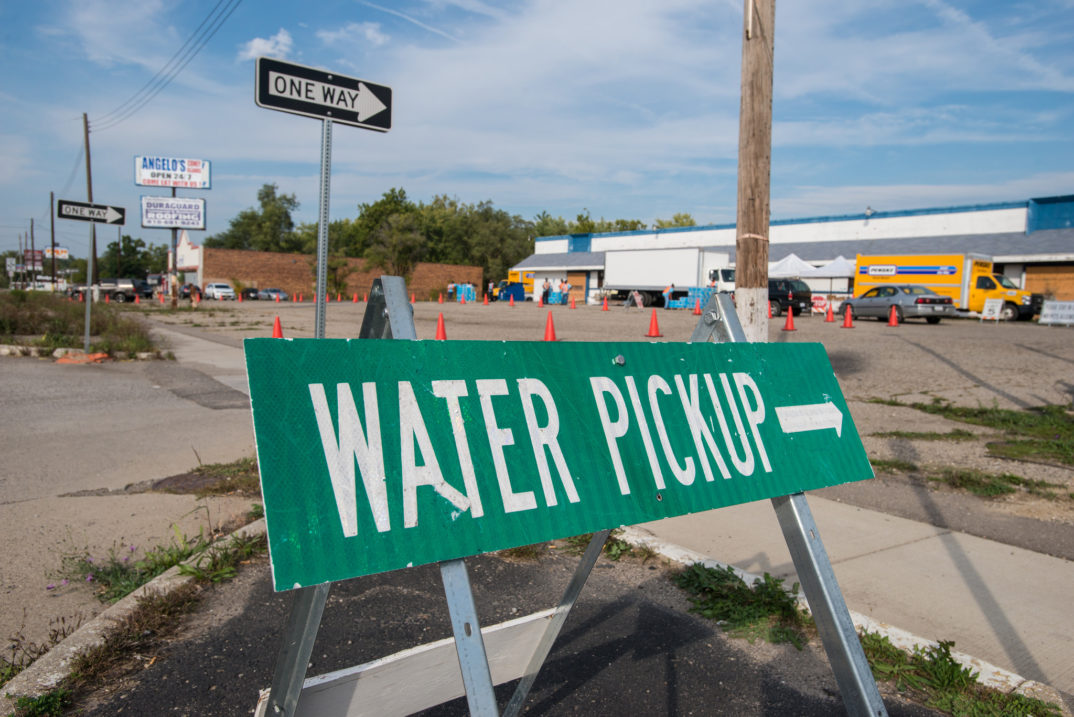The United States Government’s Lapsed Duty to Provide Safe Drinking Water
Most of us do not think about the water we are drinking. We do not realize the processes that our water undergoes to be safe for us to consume. Whenever I want some water, I head to the kitchen and fill up my HydroFlask. However, many United States citizens do not have that same luxury. The New York Times recently published a map showing the parts of the United States that are consistently failing to meet the standards of the federal Safe Drinking Water Act. Researchers have found that since 1987, anywhere from 3 to 10 percent of the United States’ water systems have been in violation of the act. That means a significant amount of Americans are drinking unhealthy water.
These statistics are overall troubling; however, one of the the most problematic examples of the lack of clean water in some parts of the United States was observed in Flint, Michigan. Back in 2013, the city of Flint began to get its water supply from the Flint River in an attempt to cut costs of supply. Despite multiple boil orders over the course of a year, the water supply remained the same. The Environmental Protection Agency did not get involved in the crisis until nearly the end of 2015, two years after the drinking water was contaminated. The debate about the drinking water continued until 2017, when the EPA awarded the city of Flint $100 million to update its water infrastructure. While the EPA’s actions are appropriate, it seems they may have acted a bit too late.
The crisis in Flint was underplayed, and information about the effect of the drinking water on the people of Flint is still being released to the public. In 2014 and 2015, there was an outbreak of Legionnaires’ Disease in Genessee County, Michigan. The Flint Area Community Health and Environment Partnership attributed the outbreak to the change in supply of water in Flint. The water was riddled with lead and lacked the chlorine to kill bacteria, so many people were at risk for health problems. While the effects of bad drinking water in Flint are a worst-case scenario, the situation should not go unmentioned during the discussion of access to clean and safe drinking water in the United States.
The New York Times map serves as a reminder that access to clean drinking water is not a guarantee even in the United States. In a country that prides itself on being one of the greatest in the world, it seems that ensuring that citizens have access to clean water is a given. Yet, as the president proposes cutting EPA funding by 23 percent, we have to assess whether or not the United States is committed to maintaining a supply of safe water for its people. In 2015 alone, up to 21 million American citizens were possibly exposed to unsafe drinking water. The problem is especially prevalent in lower-income and rural areas, which echoes many other problems within the United States. To protect all citizens of the United States, even the less wealthy, it may be time for the government to devote more resources to the supply of healthy water for all citizens.





